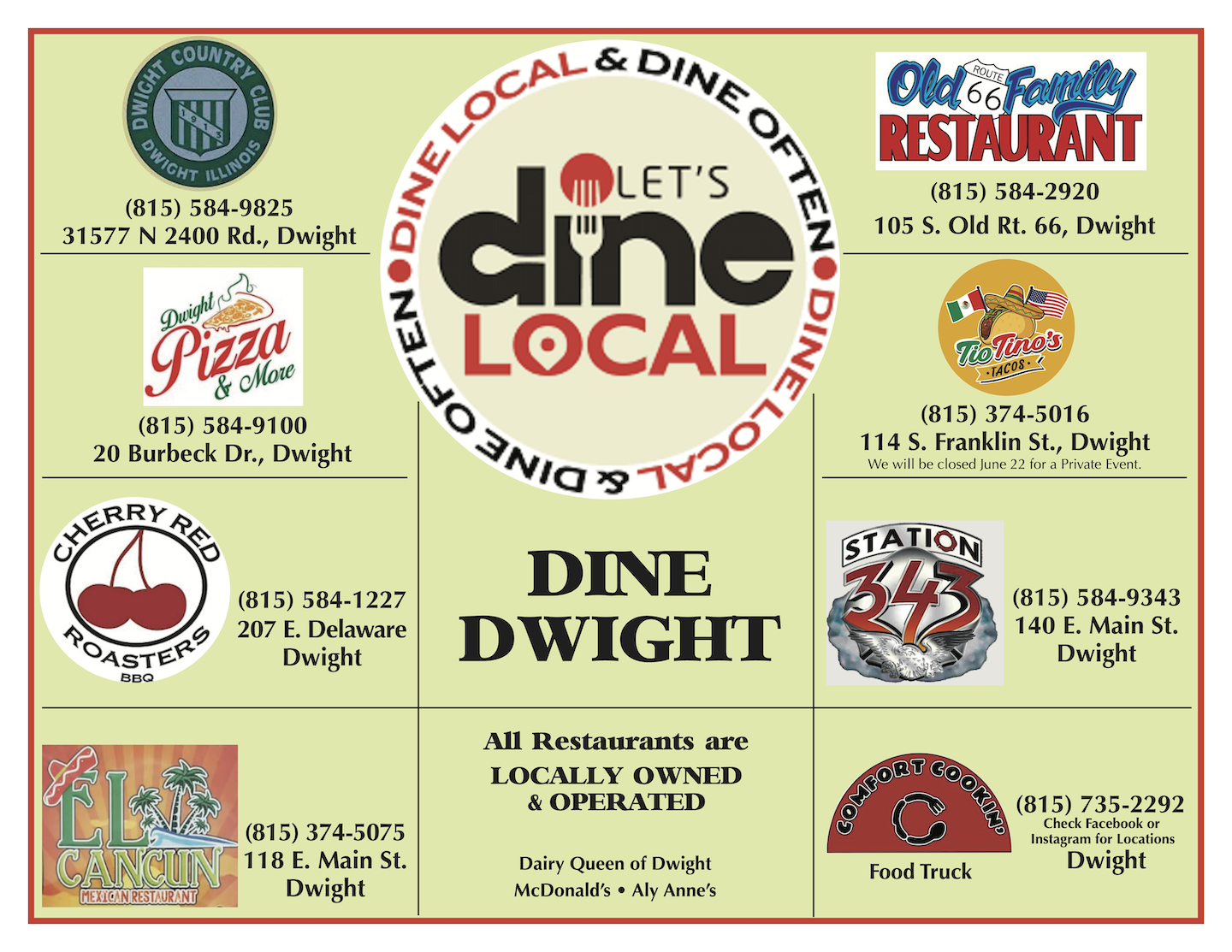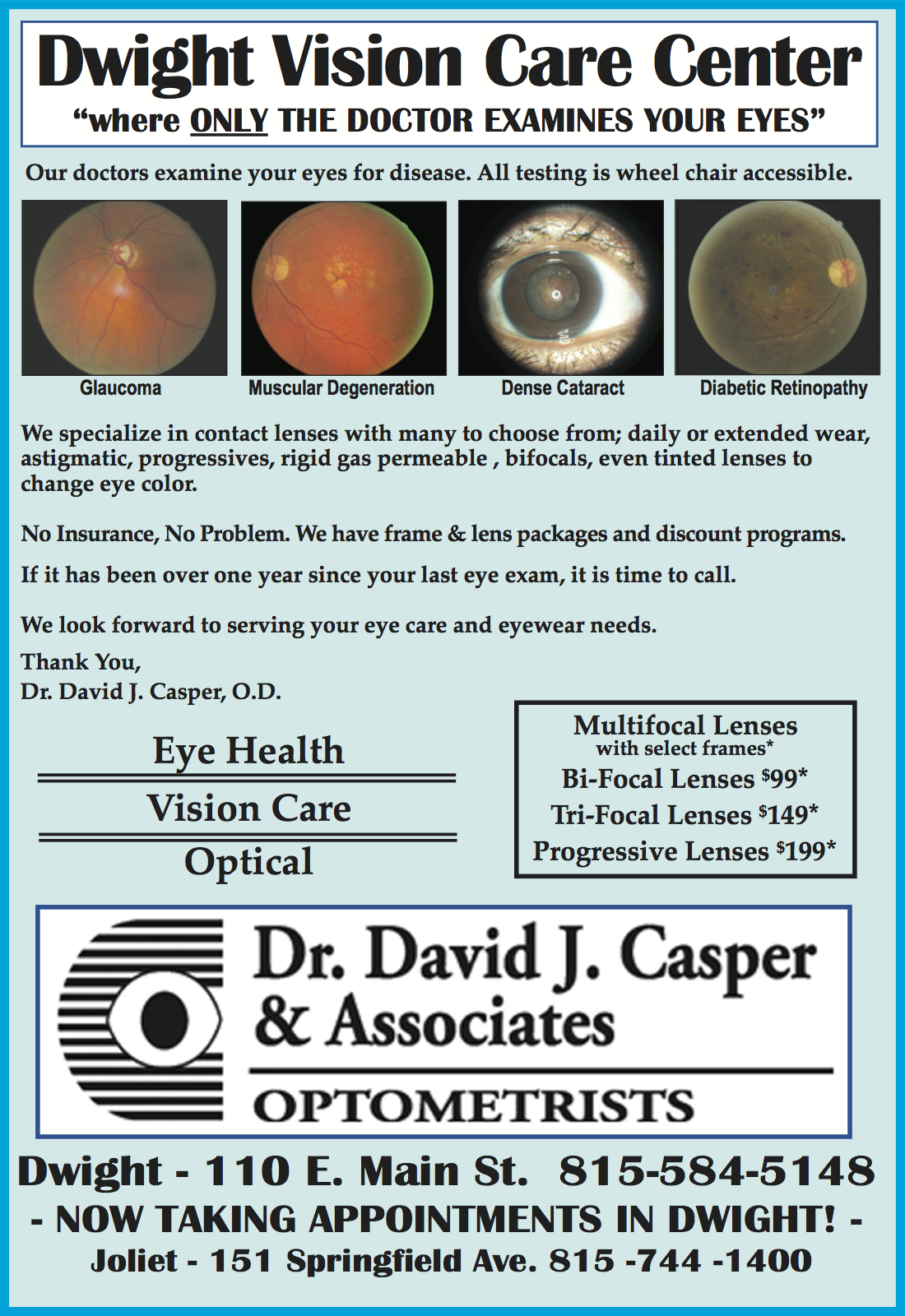
In this week’s newsroom recap, an OSF dietitian outlines the pros and cons of a cottage cheese-inspired diet. (Spoiler: cottage cheese in pancakes or lasagna may not be as essential as you think.)
Say cheese!
The new trend is adding cottage cheese to your diet. Where does fad end and healthy eating begin?
Key takeaways:
- Cottage cheese is a good source of protein, calcium and probiotics. But the salt content can add up quickly.
- When working cottage cheese into your diet, plan your meals and eat in moderation. Options include cottage cheese as a snack, replacing it in a simple dish, blending it into a liquid or mixing it into a recipe.
 Cottage cheese pancakes? 575,000 views on TikTok.
Cottage cheese pancakes? 575,000 views on TikTok.
Cottage cheese ice cream? 163,000 likes and 12,000 shares.
“It seems like 2023 is the year that cottage cheese finally gets the respect it deserves,” says another health influencer.
They’re statistics and view counts that might make you chuckle. But cottage cheese can be a welcome addition to your diet if you follow guidelines that any expert will tell you: plan meals, and eat in moderation.
Cottage cheese basics
Carly Zimmer, a registered dietitian-nutritionist at OSF HealthCare, says cottage cheese combines skim milk and an acid like lemon juice or vinegar. It separates into curds (the small white chunks of cheese) and whey (the liquid part).
“In processing, there’s a cream-salt mixture that’s added to give it flavor and the softer, creamier texture,” Zimmer says.
Emulsifiers and gums are also added to create the creamy mouthfeel and prevent separation, but Zimmer says those aren’t a big dietary concern.
The cons
What you do need to keep a close eye on: salt (listed on a food label as sodium). Zimmer says in a typical half cup of cottage cheese, there are 400 to 500 milligrams of salt.
**Editor’s Note: If you find the story above of value, consider clicking one of the Google ads embedded in the story. It costs you nothing but Google will give the website owner a few cents. This is a way to help support local news at no cost to the reader.
“It can add up quickly,” she says.
“For somebody with high blood pressure, heart disease or congestive heart failure, watching your sodium is pretty important. Cottage cheese may not be the best option,” Zimmer adds.
For people with those conditions, Zimmer says the recommendation for daily sodium intake is 1,500 to 2,000 milligrams. For others, it’s no more than 2,300 milligrams. This means you should look at food labels, do some math and portion appropriately. A low fat or fat free option may also help.
The pros
But there’s positive news: Zimmer says cottage cheese is a great source of protein.
“Protein helps with building muscle, immune health and keeping you full,” Zimmer says.
The general recommendation for protein intake is 0.8 grams per kilogram of body weight per day. For example, a 150 pound person needs around 55 grams of protein per day.
Cottage cheese is also a good source of calcium, which promotes bone health. And some brands also have probiotics, which help with gut health. Look for “live and active cultures” on the food label.
**Editor’s Note: If you find the story above of value, consider clicking one of the Google ads embedded in the story. It costs you nothing but Google will give the website owner a few cents. This is a way to help support local news at no cost to the reader.
Plenty of options
So, how can you work cottage cheese into your diet and be healthy about it? Zimmer says there are plenty of ways, and you can experiment to find out what tastes good.
· A popular choice, she says, is to have cottage cheese as a side dish or snack. Try pairing it with fruit.
· Replace an ingredient with cottage cheese in a quick meal. On a sandwich, swap mayonnaise for cottage cheese.
· Blend cottage cheese down to a liquid and mix in a ranch seasoning packet. You have a new type of vegetable dip or salad dressing. Or blend cottage cheese with fruit for a new take on yogurt.
“It’s another way to get the benefits of cottage cheese if you don’t care for the texture,” Zimmer says.
· A popular one among the people Zimmer counsels on healthy eating: mix cottage cheese into scrambled eggs as they cook on the stovetop. Stir the curds in. As they melt, it makes the dish creamier.
· A storage tip: Zimmer says putting cottage cheese upside down in the refrigerator can help keep the fresh taste for longer. But, don’t disregard expiration dates. And if you develop significant symptoms after eating food, like vomiting, diarrhea or stomachache, see a health care provider.
· What about the TikTok inspired recipes like cottage cheese lasagna? Too good to be true?
“Cottage cheese adds protein, so it could have its place in recipes. But I wouldn’t go out of my way to say it needs to be added,” Zimmer says. “It depends on the person and what they like.”
Another way to look at it: the body can’t store protein. Once bodily needs are met, extra protein is used for energy or stored as fat. So, binging on cottage cheese may not do favors for your waistline.
Learn more
Visit the OSF HealthCare website for cottage cheese-inspired recipes.
**Editor’s Note: If you find the story above of value, consider clicking one of the Google ads embedded in the story. It costs you nothing but Google will give the website owner a few cents. This is a way to help support local news at no cost to the reader.











































